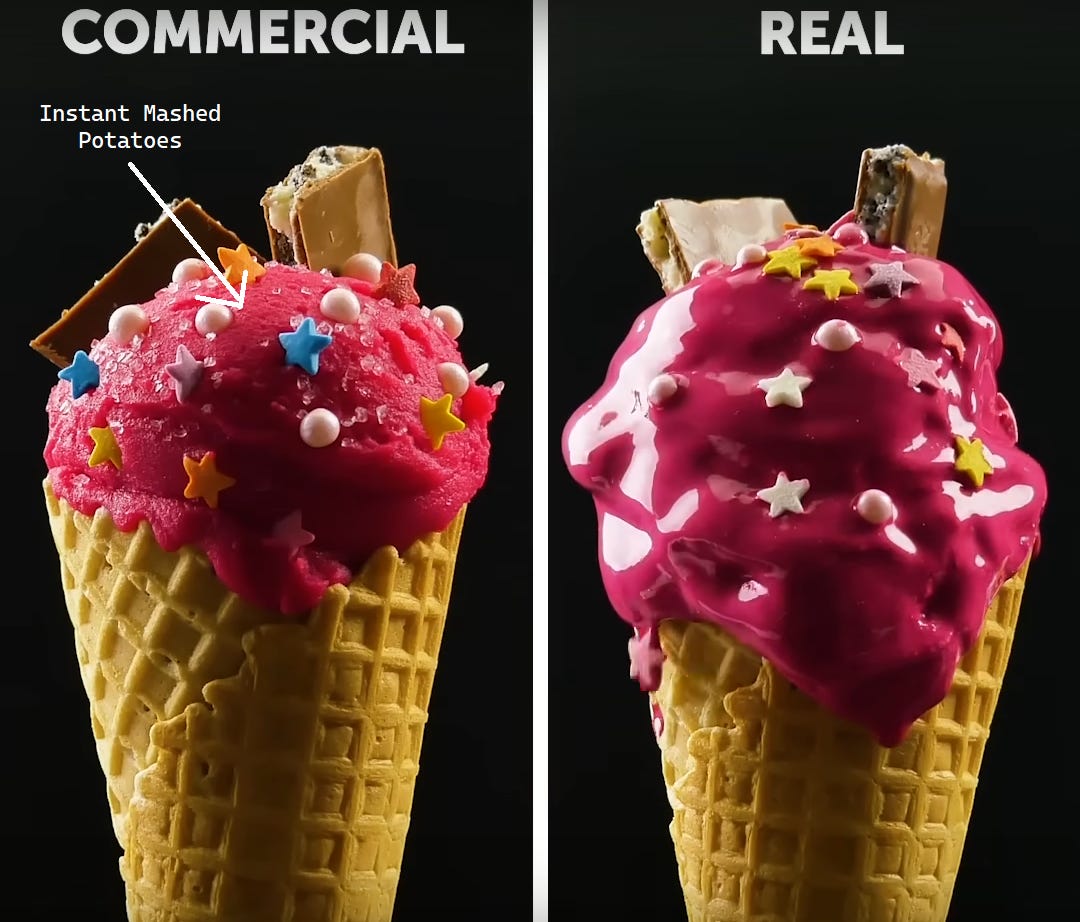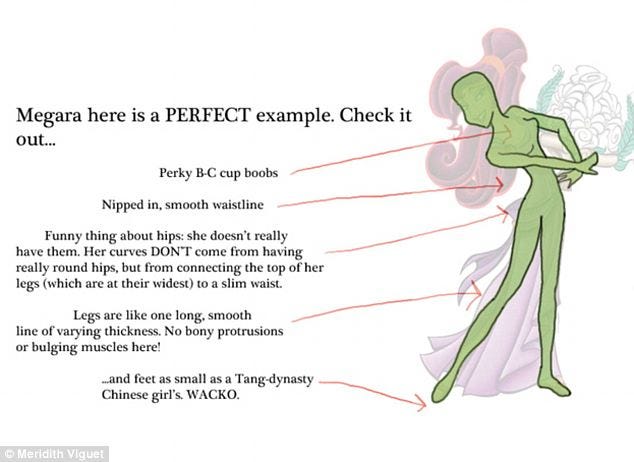Unquenchable Desires: The Impact of Supernormal Stimuli on Our Behaviors
Delving Into Artificial Stimuli That Hijack Our Instincts & Redefine Our Desires.
In the late 1950s, Niko Tinbergen, a Dutch biologist and ornithologist, studied animal behavior influenced by color, size, shapes, smell, and other stimuli. He created egg-shaped plastic balls that were larger and brighter in color than the original birds’ eggs. Tinbergen discovered that the birds preferred the larger, brighter plastic eggs to their own! At one stage, a goose even tried to roll a volleyball into its nest.
A supernormal stimulus refers to an exaggerated or artificial trigger that grabs our attention and incites a stronger response compared to a natural stimulus. Put simply, organisms tend to show a preference for the stimulus properties (e.g. size, color, etc.) that have evolved in nature, but when offered an artificial exaggerated stimulus, animals will show behavior in favor of the artificial stimulus over the naturally occurring stimulus that is more appealing or enticing to its deep-seated biological instincts or preferences.
Commercialization of Supernormal Stimuli

Our brains have evolved for scarce environments. With the dawn of industrialization and abundance, our brains can hardly keep up. Businesses and Marketing companies understand this very well and play right into our reptilian brain.
Food
If a human 10,000 years ago stumbled across 100 candies and burgers, it made sense for him to eat as much as he can because it would be a once-in-a-lifetime opportunity for him because foods high in sugar and fat were extremely rare. Our food in the 21st century, however, is far saltier, fattier, sweeter, and also available in abundance. But the binge-eating animal instinct that drives our behavior is still the same. Food companies today spend billions of dollars on advertisements that show brighter visuals, crunchier sounds, and sweeter food to us. These advertisements contain exaggerated visuals, sensory-appealing elements like music, lights, and volume, emotional storytelling, and/or display a sense of scarcity and urgency. For instance, ice cream ads actually used mashed potatoes in their commercials rather than the original ice cream because of the texture visible on camera.
Sugar-rich foods can trigger a powerful reward response in the brain. Consuming sugar activates the brain's reward system, leading to the release of dopamine, a neurotransmitter associated with pleasure and reinforcement. The intense reward response from consuming sugar can drive a cycle of craving, consumption, and further seeking of sugar-rich foods.
Barbie-fication
Take a look at the image below, which includes a number of Disney Princesses.
Notice how not a single princess has normal-sized eyes. This isn’t a coincidence. You might have observed that stuffed animals and certain dolls have unusually large eyes that exceed natural proportions as well. Our inherent attraction to eyes seems to be an innate trait, even in newborns who are captivated by eyes, whether they are real or depicted on a card. These stuffed toys with oversized eyes are particularly attention-grabbing and appealing to children compared to toys with regular-sized eyes i.e., they are supernormal stimuli.
Pornography
When it comes to adults, clothing stores use mannequins with exaggerated features like curvier hips or larger breasts to sell their clothes. Billboards use pictures of women in perfect lighting, professional makeup, and Photoshop in post-production to create images that are highly enticing for selling male accessories like Beard Trimmers even though a woman has nothing to do with beards. Perfume brands show video ads of multiple women chasing a single man, which plays perfectly into the male psyche of wanting multiple sexual partners, in order to sell their products.
It is not uncommon to see large, exaggerated false eyelashes that go beyond the natural length of lashes. Similarly, mascara is frequently used to elongate lashes even further. Lips are often enhanced and made bigger with brightly colored lipstick in shades of pink and red. There are also products known as "plumpers" that can give the appearance of fuller lips, including those achieved through injections.
Furthermore, clothing choices can visually enhance cues associated with sexual attraction, such as breasts, buttocks, and legs. This is why tighter garments like leggings are often more appealing than bare legs. Moreover, plastic surgery procedures like breast and butt implants can be employed to modify and enhance their appearance, turning them into supernormal stimuli.
Expanding on this idea, pornography presents an excessively exaggerated and distorted portrayal of sexual stimulation. The vast range of options offered on pornographic platforms ties directly with The Coolidge Effect, which is a biological phenomenon observed in animals where males display renewed sexual interest upon encountering a new female. When combined with the ease of accessing a wide selection of hundreds of females with just a few clicks on these websites, it creates an ideal scenario for a generation of men who prioritize porn over real-life relationships with women.
Social Media
In earlier times, our ancestors lived in tribes consisting of around 150 individuals. Staying informed about the tribe's activities was crucial for survival, as it could make a difference between life and death. This necessity instilled in us a powerful evolutionary instinct to be aware of others' actions. Interactions were limited, occurring with a small number of people during the day and dependent on their availability. However, the advent of social media has changed this dynamic. It provides round-the-clock access to information about others, which is not what our brains have evolved for. Social media platforms provide an avenue for presenting idealized versions of oneself. Users often share carefully curated highlights of their lives, presenting an exaggerated image of success, beauty, or happiness. This creates a supernormal stimulus that elicits social comparisons and fuels feelings of inadequacy.
Antidote
Pleasure is not a problem. Dopamine is not a problem. Too much pleasure experienced too often without a prior requirement for effort in order to achieve that pleasure/dopamine is terrible for us, however. It lowers our baseline level of dopamine & the potency of all experiences.
— Dr. Andrew D Huberman, Ph.D.

Having infinite access to supernormal stimuli all day every day will wreak havoc on our physical, mental, and spiritual health. Our baseline for what is considered normal and pleasurable is so distorted that the idea of someone finding joy in simple pleasures, like watching a sunrise or reading books, seems alien to us.
Developing self-awareness is the stepping stone for dealing with supernormal stimuli. Being aware and educating oneself to be able to separate the wheat from the chaff is crucial in maintaining one’s thoughts, emotions, and behaviors.
Establish personal boundaries by restricting the frequency and intensity of the things you consume. Taking regular breaks from our preferred drugs of choice is crucial to reset our dopamine baseline and maintaining a healthier balance.
Implement digital hygiene practices by unfollowing, unsubscribing, and uninstalling content or platforms that no longer benefit you. Be highly mindful of the messages being communicated and the underlying motivations behind them.
Develop a deeper understanding of your own triggers, vulnerabilities, and desires. Reflect on your personal values, goals, and aspirations, and align your choices and behaviors accordingly. As Lao Tzu said, “Knowing others is wisdom. Knowing yourself is enlightenment.”
During the month of Ramadan, two billion Muslims worldwide participate in fasting, which can be seen as a form of detox for dopamine. They abstain from any activity that induces pleasure, such as listening to music, watching movies, engaging in intimacy with their partners, consuming food and water, and more. When they break their fasts at sunset, a simple glass of cold water brings them greater satisfaction than any soda could. This month-long practice helps reset their dopamine reward system and reestablish a healthier baseline.
If you want to educate yourself further, then I suggest you check out this edition of Neural Notes on mimetic desires.
References:
https://www.readingthepictures.org/2013/11/augmented-mannequins-figuring-prominently-the-globalization-of-barbie/
http://enhancingmylife.blogspot.com/2010/10/beware-of-supernormal-stimulus.html
https://mediavsreality.com/mediavsreality/2018/12/20/supernormal-stimuli-how-the-modern-world-ruins-your-life/
https://www.sparringmind.com/supernormal-stimuli/
https://www.nytimes.com/slideshow/2013/11/06/world/americas/20131107-VENEZ.html
Gems This Week 💎
📜Article: This edition of neural notes was partly inspired by this amazing article I found buried in the archives of my reading app. It is quite a long one, but definitely worth the time—at least for me.
📺Video: Dr. K is someone I recently stumbled across and have been finding his work rather fascinating. This video of his resonated with me at a deeper level and I think most of you would find it helpful, too.
✒️Quote: “Just as at a time of an epidemic disease we must take care not to sit beside people whose bodies are infected with feverish disease because we shall risk ourselves and suffer from their breathing upon us, so in choosing our friends for their characters we shall take care to find those who are the least corrupted: mixing the sound with the sick is how the disease starts.” — Seneca





